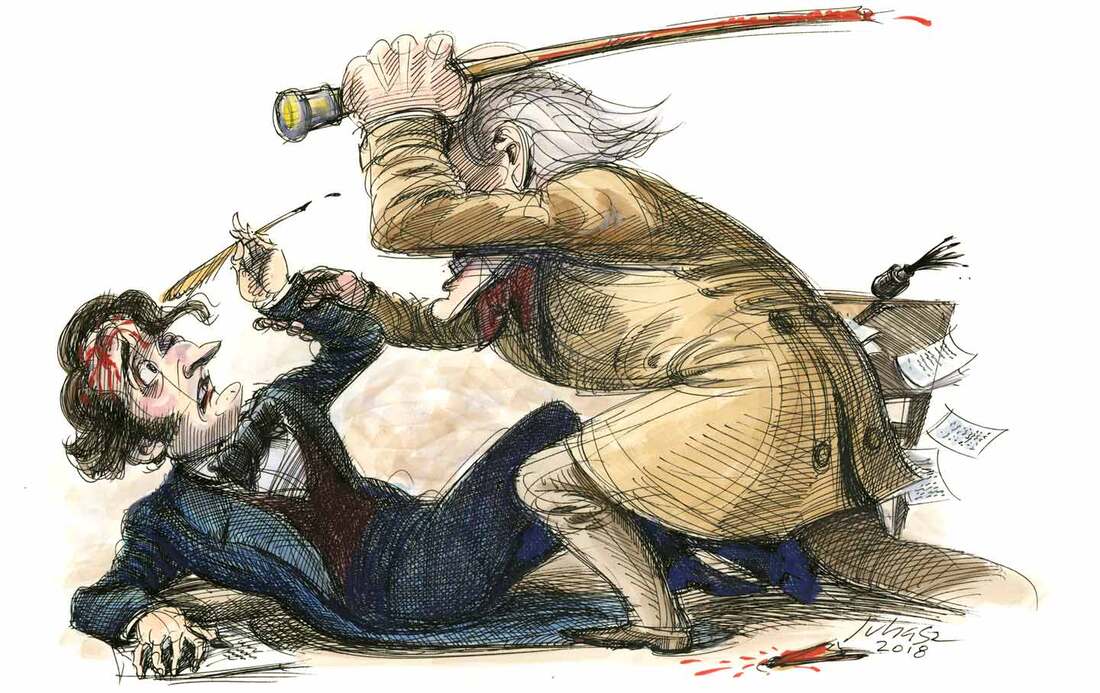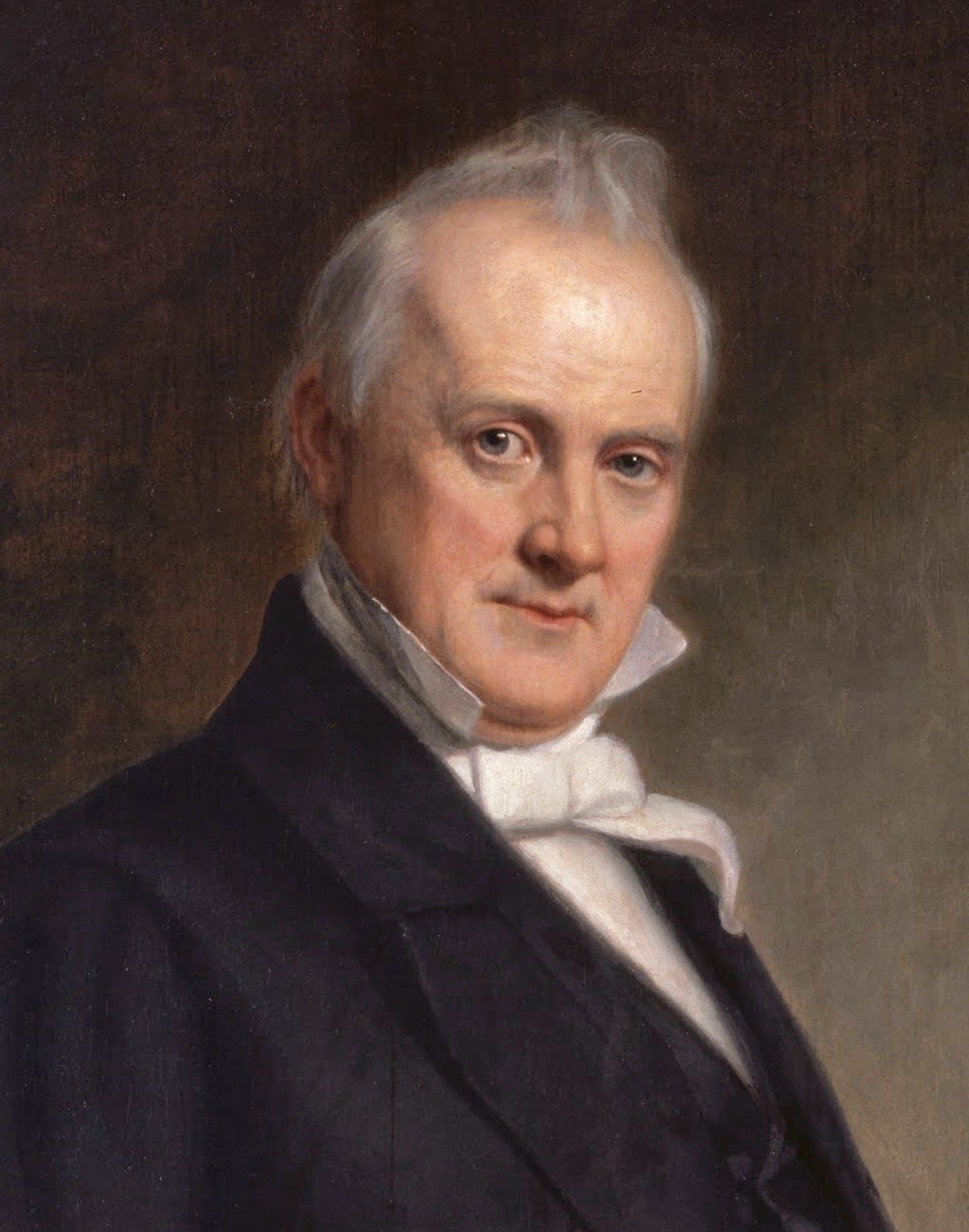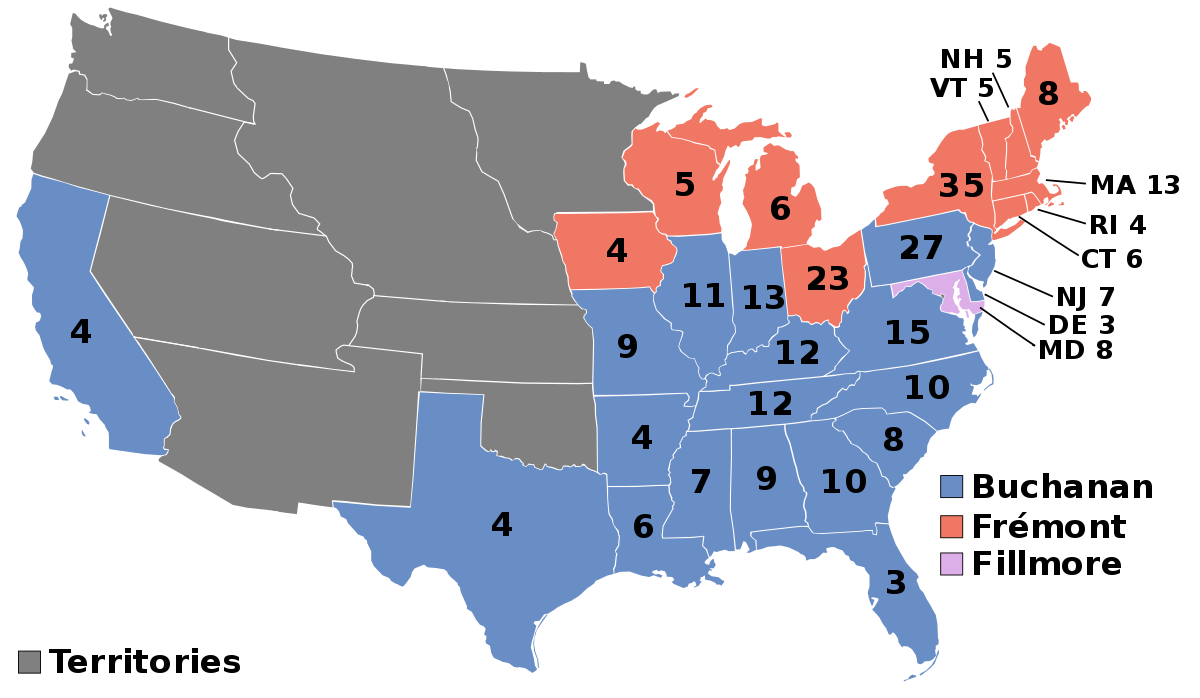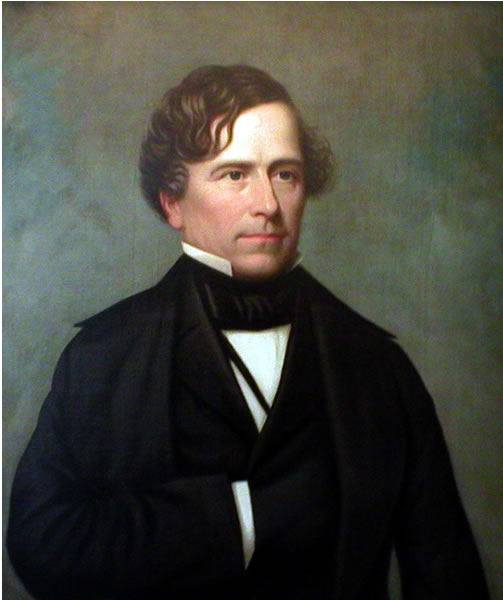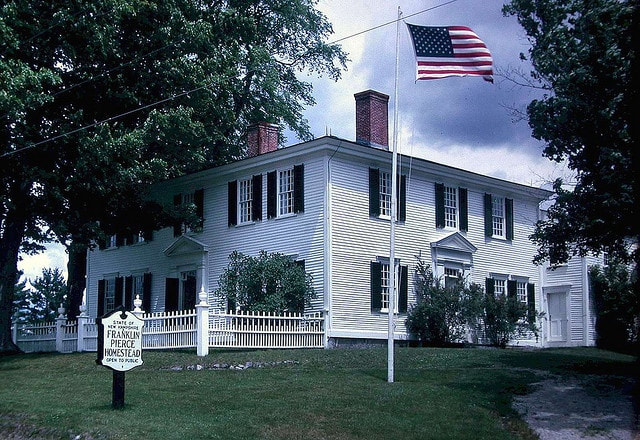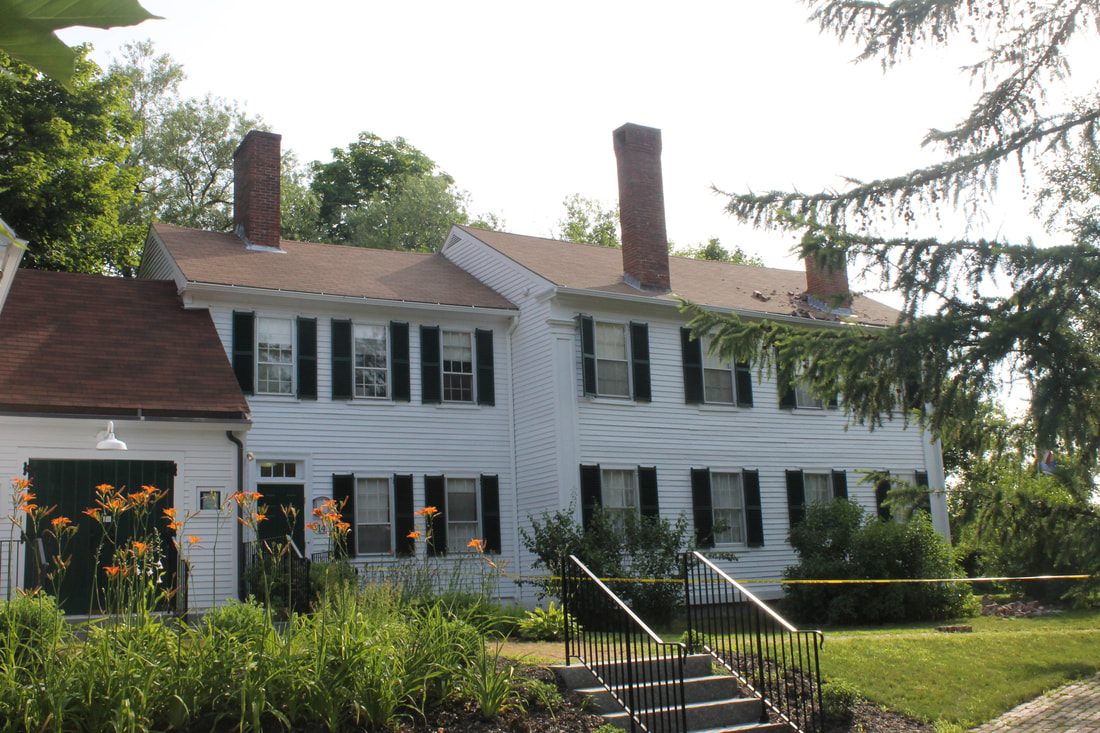1856 Election
|
On November 4, 1856, the United States consisted of 31 states, with a population of 28 million. Voter turnout was one of the highest in history with 79% of eligible voters going to the polls. The future of the Union was in question because of tensions over slavery that “peculiar institution”, westward expansion and immigration issues. The 1850 census recorded the population at 23 million. Within six years it had increased five million, a large portion attributed to Irish immigrants. This was the first census that collected detailed information on everyone in the household. President Franklin Pierce
|
